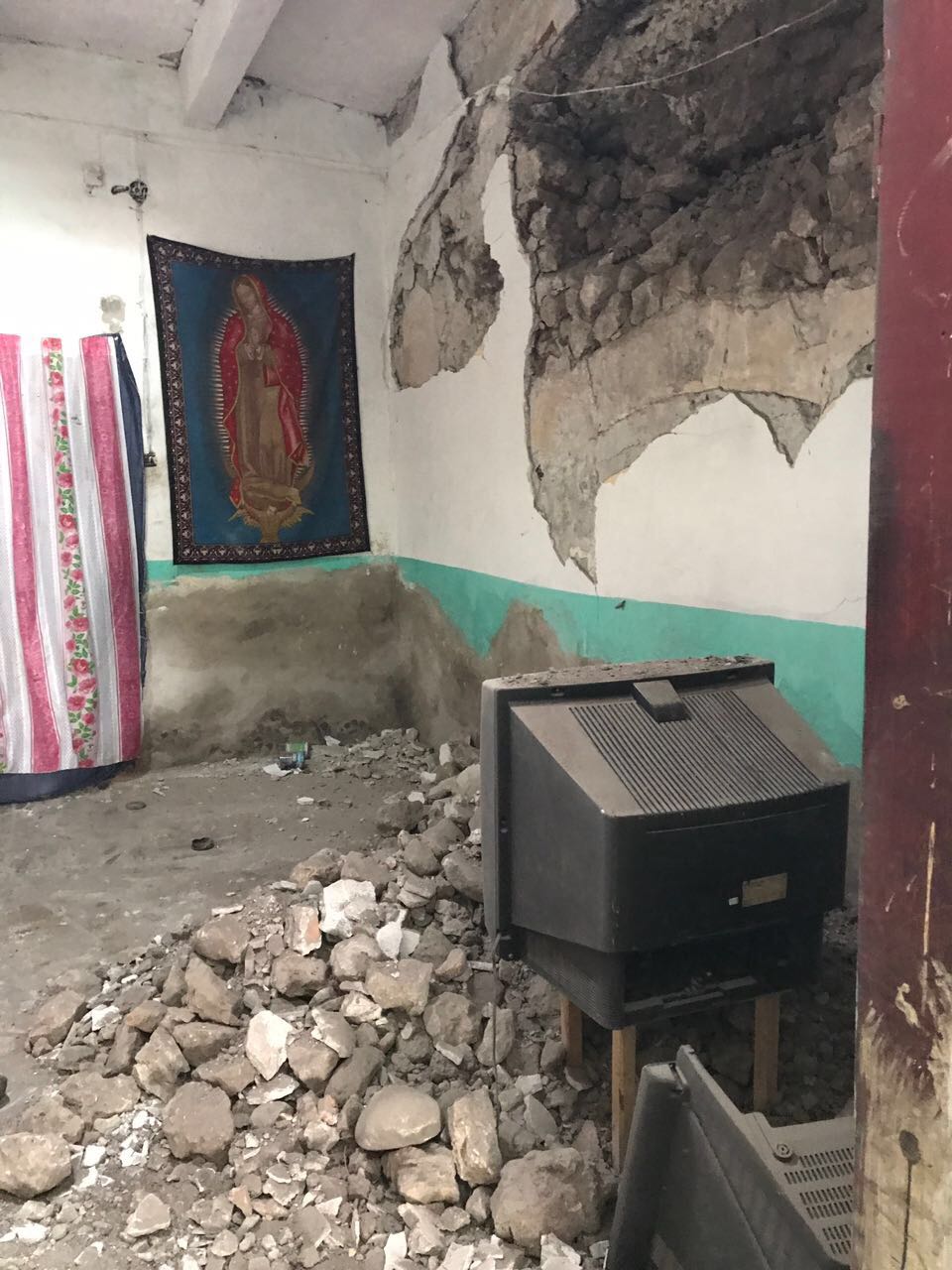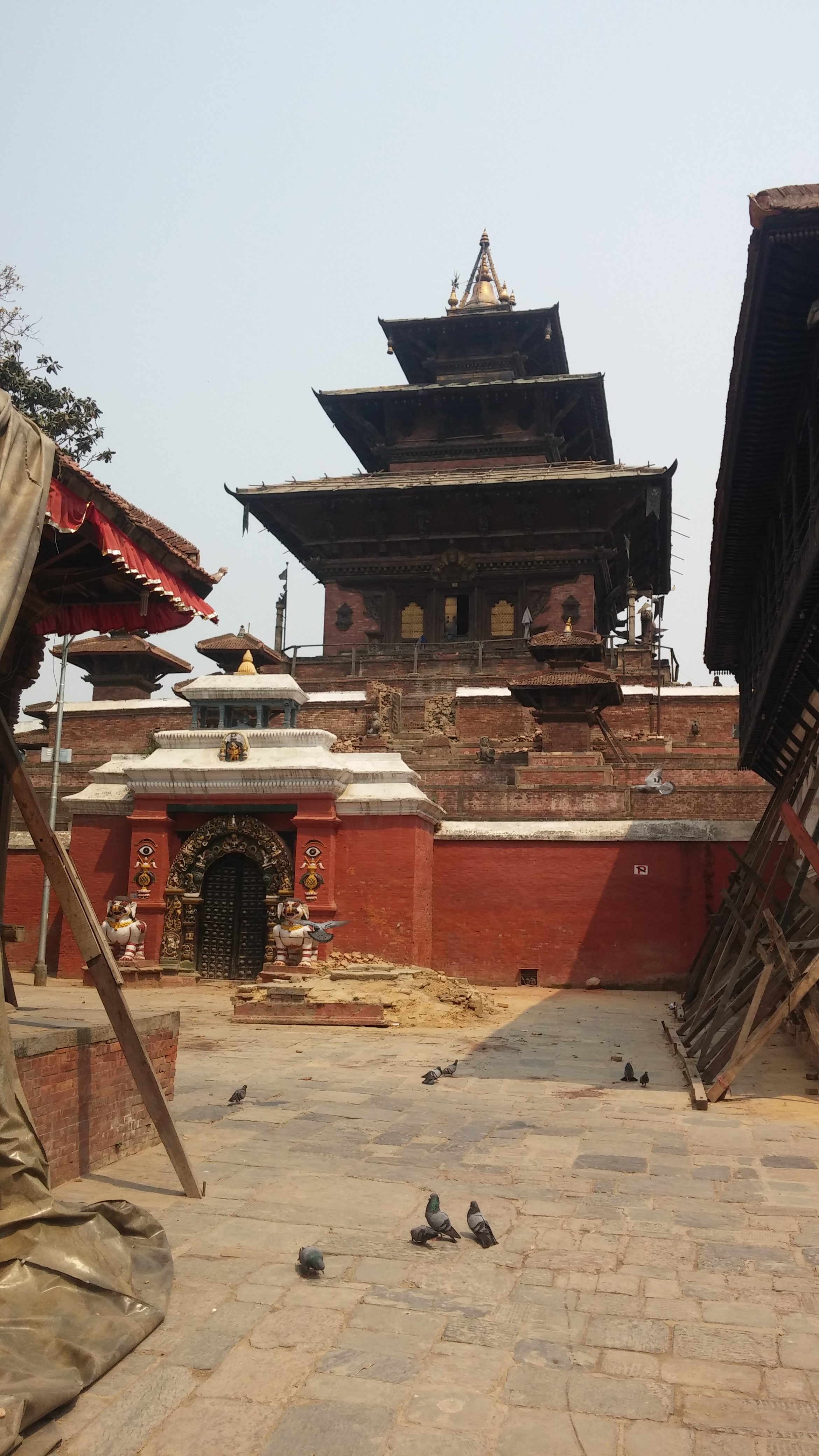In 2004, Justin Francis decided to visit Phuket on vacation. It certainly wouldn’t seem out-of-the ordinary for a Westerner to holiday in Phuket – after all, a little less than 3.5 million non-Thais visited the island in 2004.
But his excursion to the popular tourist destination didn’t come at the best of times. Phuket – along with much of Southeast Asia – was damaged by a tsunami on Boxing Day 2004, leading to a sharp decline in the number of visitors.
“The UK travel media were all saying to tourists, ‘Don’t go!’” Francis, the founder of Responsible Travel, said. But he took the opposite approach after being invited by the local tourism board.
“When I visited less than three weeks after the tsunami, local people said ‘we’ve had one disaster. Please send the message that we don’t want another to come from no income from tourism’,” Francis said.
The question of when should a disaster-stricken location decide to open itself up to tourists – and when should travelers visit a place hit by a natural disaster – are tricky. In 2017, several popular tourist destinations were hit by natural disasters, including Puerto Rico (Hurricane Maria), Cuba (Hurricane Irma), and Mexico (earthquakes with epicentres in Chiapas and Puebla).
Efforts to rebuild

Before even thinking about welcoming visitors again, disaster-stricken destinations must rebuild – something Angela Rodriguez can attest to. While not directly involved in rebuilding efforts after the 2017 Mexican earthquakes, the marketing and communications officer at Totonal Viajes (a tour operator in Mexico) witnessed how various groups can collaborate to help relaunch tourism.
“Authorities and government put special care to make sure most tourism locations were working as usual towards the end of the month. For them, it was of extreme importance that tourism flux kept going, and that key locations (like Xochimilco or Mexico City historical centre), retake their original shape and business as usual.”
“However, it is important to note that this happened mainly at tourism destinations,” Rodriguez adds. “At local level, the heroes of rebuilding were indeed the local population, who showed 24-hour ongoing support and solidarity. Everyone helped: from the elderly to the little ones, entire communities and neighbourhoods came together to participate in the rescue, to offer shelter, free rides, to work voluntarily in improvised relief centres covering for basic needs to those in need.”
Claire Bennett has also witnessed the contribution of local people in the rebuilding process. Bennett, a Brit who has lived in Nepal for several years and a co-founder of Learning Service (a consultancy firm whose clients include several volunteer tourism organizations), asserts the country’s citizens played a significant role in helping the country get back on its feet after the devastating 2015 earthquake.
“One of the biggest impacts that I saw after the earthquake was how local people banded together to help – coordinating aid distribution, mapping relief efforts, organising and running the IDP camps. The narrative around international volunteers often ends up underestimating the scale of local contributions, and painting a picture of helpless Nepalis waiting for aid,” said Bennett.
“I’m not saying that all volunteers were useless,” she adds as a lot of the money that was donated or generated through tourism facilitated the relief and recovery efforts. “But if you ask me who is helping Nepal rebuild sustainably right now, I would say it is the local people.”
Responsibilities of tourist operators
As rebuilding post-disaster is usually an arduous task, tourism dependent destinations (and tour operators) have to ensure sites are actually open for business – a task that Milton Estrada, a Mexico City-based guide working for Urban Adventures, performed after Mexico City was hit by an earthquake in September 2017.
Before determining whether Urban Adventures tours could resume, he “checked that streets would be open as the rescue teams had blocked a couple of streets around the collapsed buildings in order to make it easier for big trucks to enter and carry out the debris and for ambulances in case they needed to rescue someone.”
From a responsible tourism standpoint, Estrada also checked that the area was clear of people who had lost their houses. “Not because it’d be a dangerous area,’ he clarified, “but because it was very painful for the community, and we would have considered it inappropriate to deliver our ‘Best. Days. Ever.’ (one of Urban Adventures’ offerings) in such a setting.”
How to best help
Once travelers decide to visit a disaster-stricken location, what do they need to remember? “My main advice is to try to understand what local people want,” Francis says.
Of course, that’s not easy, as sometimes different segments of a community want different things. However, Francis recommends visitors travel with a local guide who may help them best understand local sensitivities and help prevent unintended consequences.
Francis also suggests, “Before you go, ask if what you might take will be of help.”
That leads to the question if volunteer tourism is effective in the aftermath of a natural disaster. “Yes – but in the majority of cases, not those arriving in the immediate aftermath of the disaster,” Bennett says.

In some research that was done locally about the help or hindrance of foreign volunteers in the months after the 2015 Nepal earthquake, it was found that the ones who were genuinely helpful were people who had lived for some time in Nepal and who could quickly mobilise their networks both inside Nepal and abroad.
“Volunteers coming to Nepal – especially those coming for the first time, for a short period, and without professional skills – need to be realistic about the impact that they can have, ” says Bennett.
While tourism can certainly enhance the recovery of a disaster-stricken region, Rodriguez believes a new approach must be taken for tourism to strengthen a destination post-disaster. “In order to rebuild tourism activity after a natural disaster in a truly sustainable manner, we need to go a step forward and focus on regenerative tourism,” she declares.
“The idea behind regenerative tourism is to provide solutions to the different issues that are affecting the world today. These can be climate change, the loss of original cultures and ecosystems or like in this case, rebuilding after a natural disaster. Regenerative tourism enables every stakeholder in the tourism value chain to plant a seed and give back to the communities that need to restore every aspect of their triple bottom line – instead of sustaining it for the future.”
Totonal Viajes has certainly done its part – the tour operator joined a local rebuilding program in La Mixteca (one of the most affected areas of Puebla), where it has donated the profits of one group tour to rebuild a home of a family rendered homeless. That new building was designed by architects using only local and sustainable materials. “It was very emotional to be able to support this family and see how a whole community helped them build their new home in record time,” Rodriguez says.
Destruction doesn’t have to be the final story told by a disaster.
Read Ethical Traveler's Reprint Policy.
